Brazilian Jiu-Jitsu (BJJ) is a demanding martial art that requires a combination of technique, strength, endurance, flexibility, and agility. While mastering techniques is crucial, neglecting strength and conditioning can limit your performance and increase the risk of injuries. In this blog, we’ll delve into the importance of incorporating specific exercises into your training regimen to enhance your BJJ skills and overall fitness level.
Understanding the Role of Strength and Conditioning in BJJ
BJJ places unique demands on the body, requiring practitioners to utilize various muscle groups simultaneously while maintaining balance and control. Strength and conditioning training in bjj not only improves physical attributes like strength and endurance but also enhances mobility, agility, and resilience against injuries. By complementing technical training with a well-rounded strength and conditioning routine, BJJ athletes can optimize their performance on the mats.
Top 10 Exercises for BJJ Workout
1. Deadlifts:
Deadlifts are a foundational compound exercise that targets several major muscle groups, including the posterior chain (lower back, glutes, and hamstrings), as well as the core, grip, and upper back. In Brazilian Jiu-Jitsu (BJJ), deadlifts are particularly beneficial because they mimic the hip extension and strength required for explosive movements like bridging, sprawling, and executing takedowns.
Proper deadlift technique is crucial to prevent injury and maximize performance. Start by standing with your feet shoulder-width apart, toes pointing forward, and the barbell over the mid-foot. Bend at the hips and knees to grip the barbell just outside your legs with an overhand or mixed grip. Keep your back straight, chest up, and shoulders pulled back.
Engage your core and drive through your heels to lift the barbell, extending your hips and knees simultaneously until you’re standing tall. Lower the barbell back down under control, maintaining a neutral spine throughout the movement.
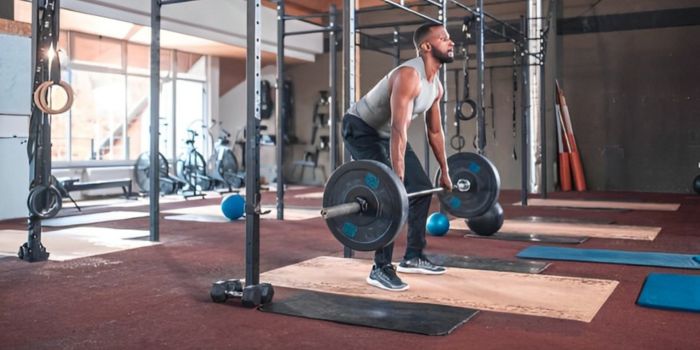
Variations of the deadlift, such as Romanian deadlifts or sumo deadlifts, can target different muscle groups or address specific weaknesses. When incorporating deadlifts into your BJJ workouts training routine, focus on proper form, gradually increasing weight as strength improves, and avoid overtraining to prevent fatigue or injury.
2. Squats:
Squats are a fundamental lower body exercise that targets the quadriceps, hamstrings, glutes, and core muscles. In BJJ, squats are essential for developing leg strength, stability, and explosive power, which are crucial for executing techniques like guard passes, takedowns, and maintaining a strong base in various positions.
To perform a basic squat, stand with your feet shoulder-width apart, toes pointed slightly outward. Keep your chest up, shoulders back, and engage your core. Initiate the movement by pushing your hips back and bending your knees, lowering your body until your thighs are parallel to the ground or slightly below.
Ensure that your knees track in line with your toes and avoid letting them collapse inward. Push through your heels to return to the starting position, fully extending your hips and knees.

Various squat variations, such as front squats, goblet squats, or Bulgarian split squats, can target different muscles or add variety to your training routine. When incorporating squats into your BJJ exercise training, focus on maintaining proper form, gradually increasing resistance or difficulty, and incorporating unilateral movements to address muscle imbalances.
3. Pull-Ups/Chin-Ups:
Pull-ups and chin-ups are upper body exercises that primarily target the back muscles, including the latissimus dorsi, rhomboids, and rear deltoids, as well as the biceps and forearms. In BJJ, these exercises are essential for developing upper body strength, grip strength, and pulling power, which are crucial for controlling opponents, executing submissions, and defending against attacks.
To perform a pull-up, grip an overhead bar with your hands slightly wider than shoulder-width apart, palms facing away from you (pronated grip). Hang with your arms fully extended, engage your core, and pull your body upward until your chin clears the bar. Lower yourself back down under control, fully extending your arms at the bottom of the movement.
Chin-ups are similar to pull-ups but with a supinated grip (palms facing towards you), which places more emphasis on the biceps. Both variations offer benefits for BJJ practitioners, and incorporating them into your training routine can improve overall upper body strength and grappling performance.
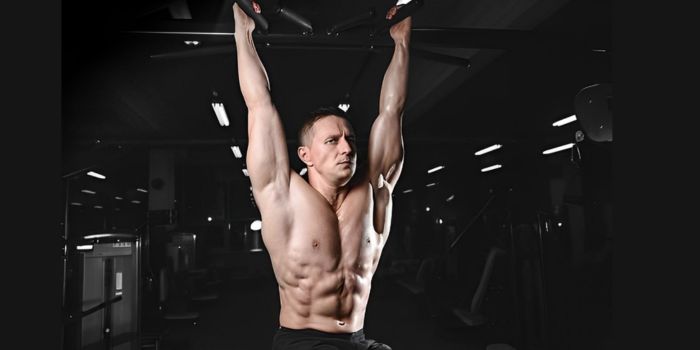
4. Push-Ups:
Push-ups are a classic bodyweight exercise that targets the chest, shoulders, triceps, and core muscles. In BJJ workout, push-ups are beneficial for developing pushing strength, shoulder stability, and core control, which are essential for executing techniques like shrimping, framing, and controlling an opponent’s posture.
To perform a push-up, start in a plank position with your hands shoulder-width apart, wrists aligned with your shoulders, and your body forming a straight line from head to heels. Lower your body by bending your elbows until your chest nearly touches the ground, keeping your elbows close to your body and maintaining a neutral spine. Push through your palms to extend your arms and return to the starting position.
Push-up variations, such as incline push-ups, decline push-ups, or diamond push-ups, can target different muscle groups or add intensity to your training routine. When incorporating push-ups into your BJJ training, focus on maintaining proper form, controlling the tempo of each repetition, and gradually increasing the challenge as your strength improves.
5. Turkish Get-Ups:
Turkish get-ups are a full-body exercise that combines strength, stability, and coordination. In BJJ strength workout, Turkish get-ups are valuable for improving core stability, shoulder mobility, and the ability to transition smoothly between positions, which are essential for executing sweeps, reversals, and submissions.
To perform a Turkish get-up, start by lying on your back with a kettlebell or dumbbell in one hand, arm fully extended towards the ceiling. Bend your knee on the same side as the weight and plant your foot flat on the ground. Press the weight overhead while keeping your arm perpendicular to the floor.
With your gaze fixed on the weight, roll onto your opposite elbow and then onto your hand, lifting your hips off the ground into a seated position. From here, bridge up onto your planted foot, sliding your opposite leg back into a kneeling position. Stand up, keeping the weight locked out overhead, and reverse the movement to return to the starting position.
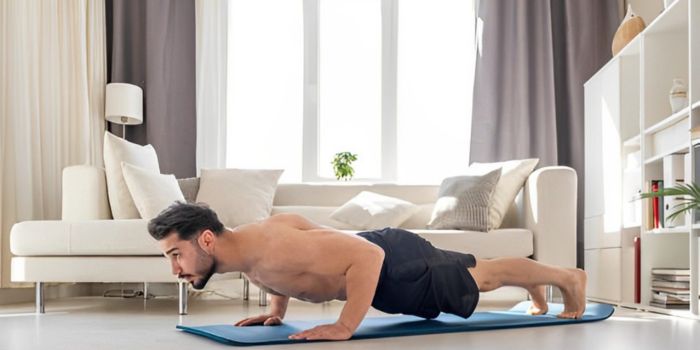
Turkish get-ups require precise movement and control throughout each phase of the exercise. Start with a light weight or no weight at all to master the technique before progressing to heavier loads. When incorporating Turkish get-ups into your BJJ training, focus on slow, controlled movements, and pay attention to maintaining proper alignment and stability throughout the exercise.
6. Kettlebell Swings:
Kettlebell swings are a dynamic exercise that targets the posterior chain, including the glutes, hamstrings, and lower back, as well as the shoulders and core muscles. In BJJ, kettlebell swings are valuable for developing explosive hip power, which is crucial for executing takedowns, sweeps, and transitions with speed and efficiency.
To perform a kettlebell swing, start with the kettlebell on the ground between your feet, shoulder-width apart. Hinge at the hips, keeping your back flat and chest up, and grip the kettlebell with both hands. Swing the kettlebell back between your legs, then forcefully drive your hips forward and extend your knees to propel the kettlebell forward and upward.
Keep your arms relaxed and allow the momentum generated by your hips to swing the kettlebell to chest height. Control the descent as the kettlebell swings back between your legs and repeat the movement in a fluid, rhythmic motion.
Kettlebell swings require proper hip hinge mechanics and coordination to perform safely and effectively. Start with a light kettlebell and focus on generating power from your hips while maintaining a stable core and neutral spine. As you become more proficient, gradually increase the weight and intensity of the swings to continue challenging your strength and explosiveness.
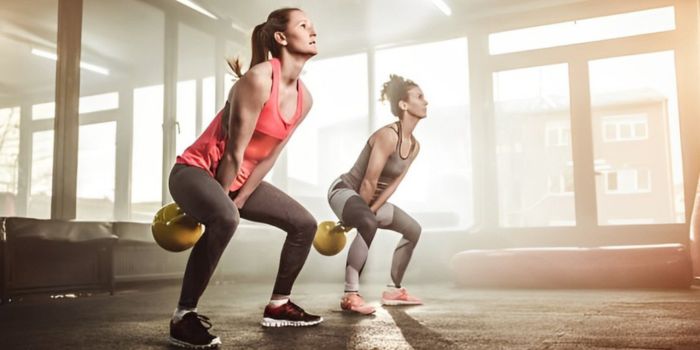
7. Farmer's Walk:
The Farmer’s Walk is a simple yet effective exercise that mimics real-life movements involving carrying heavy loads. In Brazilian Jiu-Jitsu (BJJ), grip strength is paramount for controlling opponents, maintaining grips on the gi, and executing various techniques. The Farmer’s Walk directly targets grip strength, along with engaging the forearms, shoulders, upper back, and core muscles.
To perform the Farmer’s Walk, begin by selecting a pair of heavy dumbbells or kettlebells. Stand tall with a neutral spine and shoulders pulled back. Pick up the weights simultaneously, one in each hand, ensuring a secure grip. Keep your arms straight and your shoulders down and back. Engage your core and start walking, maintaining an upright posture and taking short, controlled steps. Walk for a predetermined distance or time, focusing on keeping the weights steady and not allowing them to swing excessively.
In BJJ training, Farmer’s Walks can be particularly beneficial for strengthening the grip endurance needed to maintain control over opponents during grappling exchanges. Incorporate Farmer’s Walks into your strength and conditioning routine to improve overall grip strength and resilience on the mats.
8. Russian Twists:
Russian Twists are a core-strengthening exercise that targets the oblique muscles, which play a crucial role in rotational movements and stability. In BJJ, rotational strength is essential for executing techniques such as sweeps, reversals, and transitions, as well as defending against opponents’ attacks.
To perform Russian Twists, sit on the ground with your knees bent and feet flat on the floor. Lean back slightly while maintaining a straight spine, engaging your core muscles. Hold a weight or medicine ball with both hands in front of your chest.
Lift your feet off the ground and balance on your sit bones, keeping your knees bent at a 90-degree angle. Slowly rotate your torso to one side, bringing the weight or ball towards the ground beside your hip. Return to the center and then twist to the other side, repeating the movement in a controlled manner.
Russian Twists can be performed with various implements, such as a dumbbell, kettlebell, or medicine ball, to increase the intensity of the exercise. Incorporate Russian Twists into your BJJ training regimen to improve core strength, stability, and rotational power, enhancing your performance on the mats.
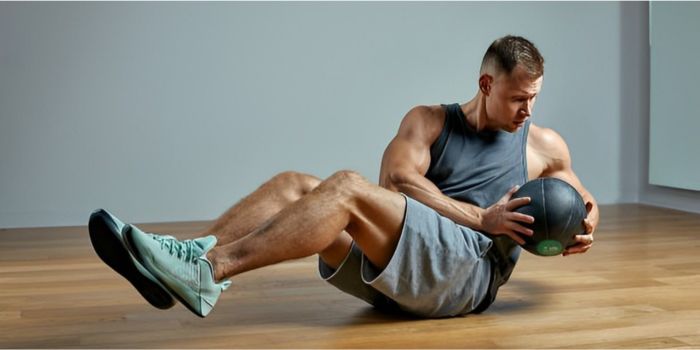
9. Plyometric Box Jumps:
Plyometric Box Jumps are explosive exercises that improve lower body power, agility, and coordination. In BJJ, explosive strength is essential for quickly closing the distance on opponents, executing explosive takedowns, and transitioning between positions with speed and precision.
To perform Plyometric Box Jumps, stand in front of a sturdy plyometric box or platform of appropriate height. Begin with your feet shoulder-width apart and knees slightly bent. Lower into a quarter squat position, then explosively extend your hips, knees, and ankles to jump onto the box. Land softly with both feet flat on the box, ensuring a stable landing. Step or jump back down to the starting position and immediately repeat the movement for the desired number of repetitions.
Plyometric Box Jumps can be customized to accommodate different skill levels by adjusting the height of the box or incorporating variations such as single-leg jumps or lateral jumps. Incorporate Plyometric Box Jumps into your BJJ training routine to enhance lower body explosiveness, agility, and reactive strength, contributing to improved performance during grappling exchanges.
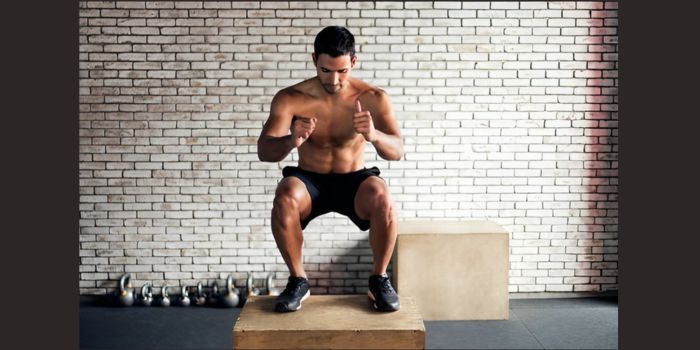
10. Medicine Ball Slams:
Medicine Ball Slams are dynamic, full-body exercises that develop explosive power, core strength, and cardiovascular endurance. In BJJ, explosive power is essential for executing quick transitions, powerful sweeps, and explosive submissions.
To perform Medicine Ball Slams, stand with your feet shoulder-width apart, holding a medicine ball with both hands in front of your chest. Engage your core and lift the ball overhead, fully extending your arms. Explosively slam the ball onto the ground directly in front of you, using your entire body to generate force. Catch the ball on the bounce and immediately repeat the movement for the desired number of repetitions.
Medicine Ball Slams can be performed with various weights and intensity levels, allowing for scalability based on individual fitness levels and training goals. Incorporate Medicine Ball Slams into your BJJ training routine to develop explosive power, improve core stability, and enhance overall conditioning, ultimately translating to improved performance on the mats.
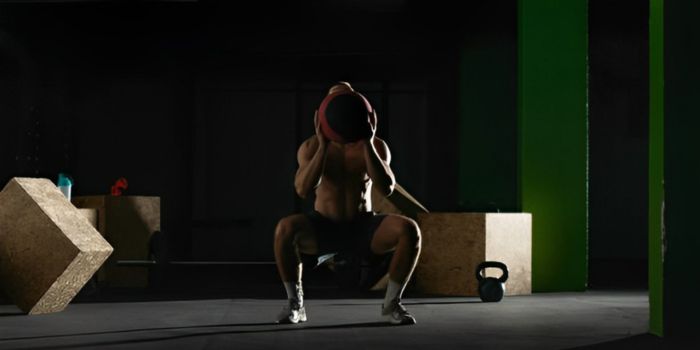
Sample Workout Routine
- Warm-up: 5-10 minutes of dynamic stretches and mobility exercises
Main Workout:
- Deadlifts: 3 sets of 5 reps
- Squats: 3 sets of 8 reps
- Pull-Ups/Chin-Ups: 3 sets to failure
- Push-Ups: 3 sets of 10 reps
- Turkish Get-Ups: 2 sets of 6 reps per side
- Kettlebell Swings: 3 sets of 15 reps
- Farmer’s Walk: 3 sets of 40 yards
- Russian Twists: 3 sets of 12 reps per side
- Plyometric Box Jumps: 3 sets of 8 reps
- Medicine Ball Slams: 3 sets of 12 reps
- Cool-down: 5-10 minutes of static stretches and foam rolling.
Conclusion
Incorporating strength and conditioning exercises into your BJJ training regimen is essential for maximizing your potential and reducing the risk of injuries. By focusing on compound movements that target multiple muscle groups, you can enhance your overall strength, endurance, flexibility, and agility, ultimately improving your performance on the mats. Remember to consult with a qualified coach or trainer to tailor your workout plan to your individual needs and goals. Keep training smart, stay consistent, and watch your BJJ skills soar to new heights!
Frequently Asked Question's
Q1. What is BJJ training?
BJJ training refers to Brazilian Jiu-Jitsu, a martial art focused on ground fighting and grappling techniques. It involves learning various submissions, escapes, and positional strategies to control opponents and force them to submit.
Q2. How do I train my body for BJJ?
To train your body for BJJ, focus on a combination of strength training, cardio, flexibility, and mobility exercises. Incorporate functional movements that mimic BJJ techniques and emphasize core strength, grip strength, and explosiveness.
Q3. Is BJJ a full-body workout?
Yes, BJJ is a full-body workout. It engages muscles throughout the body, including the core, arms, legs, and back, as practitioners perform techniques, transitions, and resistance against opponents.
Q4. Is BJJ more cardio or strength?
BJJ requires both cardio and strength, but it leans more towards cardio due to the continuous movement, grappling exchanges, and elevated heart rate during training sessions. However, strength is also crucial for executing techniques effectively and preventing injuries. Therefore, a well-rounded training program should incorporate elements of both cardio and strength training.


